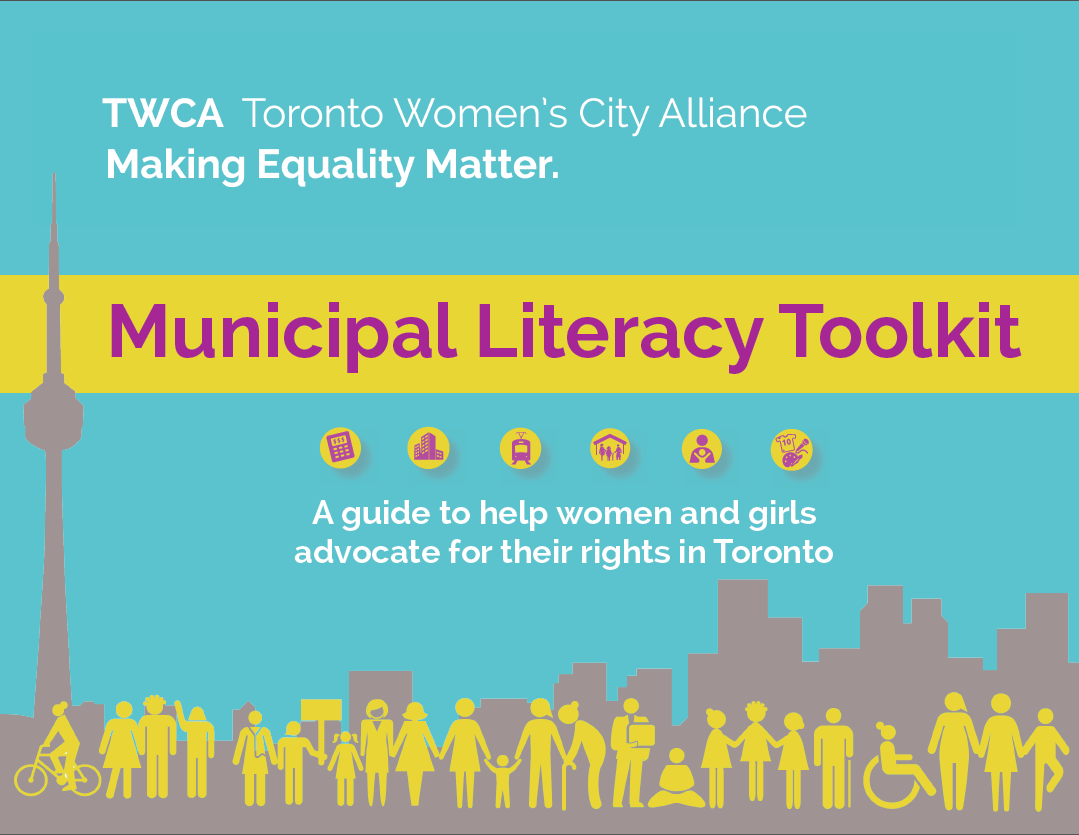On January 29th and 30th, City Council debated and passed the 2014 budget. This is an important aspect of our civic life here in the City of Toronto, with significant implications for the lives of all residents.
There has been a great deal of debate over the past few months about the property tax, which comprises 39.4% of the City’s revenue. We have heard many, many different proposals for cutting, eliminating, or slowing the increase. In the end, a 2.71% increase was proposed by Deputy Mayor Norm Kelly and passed by City Council— 0.5% of which will fund the extension of the Scarborough subway.
And now, some budget highlights!
– It was almost removed, but in the end the motion to increase youth spaces in the City (in line with the St. Stephen’s best practice model and as recommended by Community Recreation for All) was passed— 4 locations in 2014, 3 locations in 2015 and 3 locations in 2016.
-The student nutrition program stays, and will be expanded over the next 2 years within existing schools and to 27 new schools.
-The newly released Toronto Youth Equity Strategy will be implemented to address the causes and consequences of youth violence in Toronto. The budget allocation includes resources for both prevention and intervention for vulnerable youth.
-Initially in danger, the Community Partnership and Investment Program (CPIP) received a 2.55% inflationary increase. Thanks to all who wrote to their Councillors to express their support!
-The additional childcare funding from the province has been added to the budget, and reflected in an additional 668 subsidized childcare spaces.
-Funding for a new 30-bed women’s shelter. However, there was no word on further measures to address homelessness.
-The TTC received an additional $3 million towards its $6 million budget shortfall. More funding for the TTC must be a priority for City Council and the Province of Ontario, as residents now cope with increased fares in 2014.
-And on the bad news front, the $4.3 million cut to the Housing Stabilization Fund was not reversed. However, $75 000. was re-allocated to the Tenant Outreach Fund (reversing a previous cut in 2011).
-The 16 Priority Centres for recreation are still earmarked to begin in September, despite advocacy (including from TWCA!) and very good reasons to roll them out in Spring, in time for the busy summer period.
On the positive side, funds were allocated for universal access to leisure swim lanes and the Swim to Survive programs administered by Parks, Forestry and Recreation.
There are very good reasons to reflect on what kind of budget is passed by City Council. It’s not just home and business owners who should care about the property tax increase (although it’s obvious why lower rates seem desirable!). The revenue is needed to fund important services for residents of Toronto, including women on low incomes and other marginalized communities. By law, the City is only allowed to collect tax revenue on property and municipal land transfer (MLTT). The MLTT provides just 3.6% of the City’s revenue. Every dollar must count.
The budget has far-reaching effects on marginalized groups such as women on low incomes, seniors, and Aboriginal and Native women. The student nutrition program, expansion of youth spaces, universal access to leisure swimming and additional subsidized childcare spaces will all help mothers, especially those who are the sole providers for their families. Universal programs are welcome. For others, policy implementation must include gender considerations, or they run the risk of exclusion. For example, for a program such as the expansion of youth spaces, Parks, Forestry and Recreation must consider the needs of female and male youth in order to ensure that appropriate services are appropriately located. Female youth are often excluded in recreation planning, as are the needs of LGBTQ youth. Similarly, while it is a good start to allocate funds to a new 30-bed women’s shelter, it is inadequate in a shelter system in which women’s shelters are regularly at 100% capacity, and women are frequently turned away from service. We hope that Social Development, Finance and Administration will ultimately incorporate gender-sensitive programming in the Youth Equity Strategy, as vulnerability may have different meaning and effects when so considered.
In thinking about what we want for our budget, we must consider the overall picture of what services our tax dollars provide, rather than focusing solely on how we might pay the least amount of tax. In the course of the budget debate, Mayor Rob Ford proposed many budget cuts which he said would have no impact on services. It is not clear how this could have been achieved. At the same time, his motions contained recommended cuts to services (for example, cutting the Student Nutrition Program and youth spaces, a proposed fee of “at least $14.” for the Welcome Policy, and a reduction in staff at Shelter, Employment and Social Services— all of which would have had detrimental effects on low-income women in Toronto). As we communicate with our Councillors, let us ask them to work for the provision of services that would be of benefit to all Torontonians, especially those who belong to marginalized communities.
In October 2014, Torontonians will decide who should represent them in City Hall. As we move forward to monitor and reflect upon the various candidates’ proposals, TWCA will continue to analyze their impact on low-income women and other marginalized groups in our City. Stay tuned!





